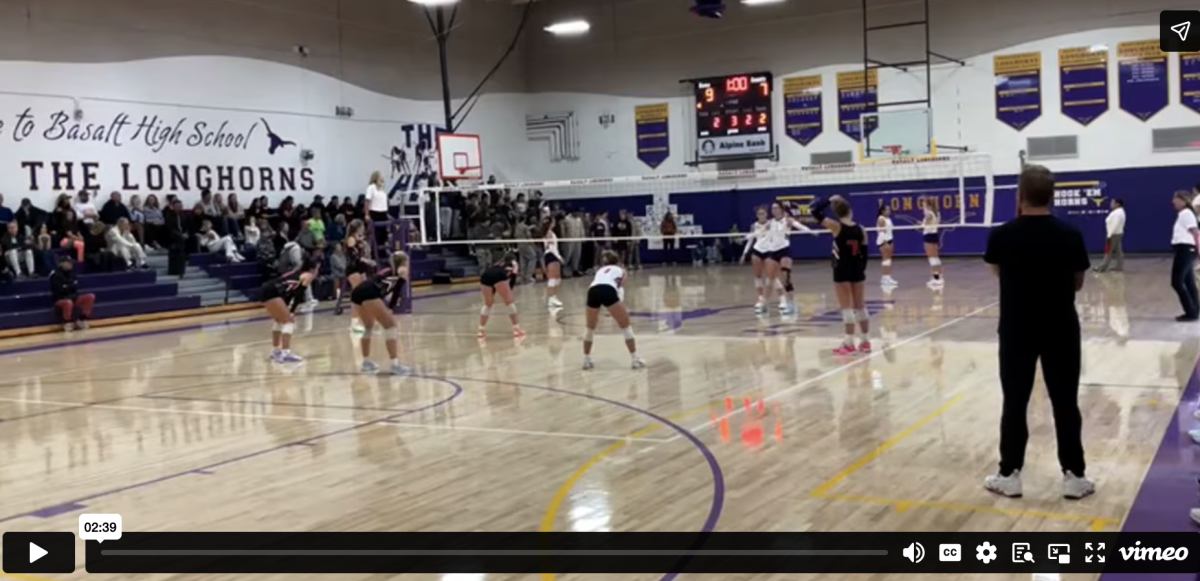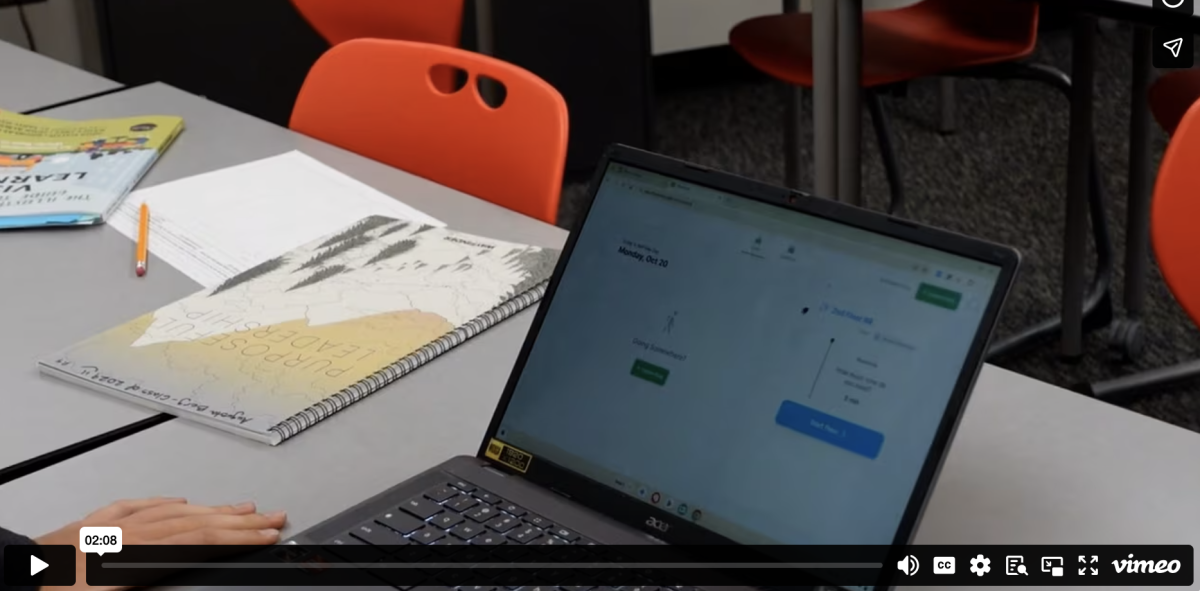How Important is Your Seatbelt?
The national percent of people who wear their seatbelt is 88% and the percent of people at Aspen High School who wear their seatbelt is 80%, so I’d say we have some room for improvement. Thursday, April 24 the Aspen High School student council held an assembly and a carnival promoting 100% seatbelt use and seatbelt safety.
In hopes of making AHS students aware of the dangers of not wearing your seatbelt, student senate, lead by head girl Sarah Chiles, was contacted by a local organization named the Central Mountains Regional Emergency Medical and Trauma Advisory Council (RETAC), which is a group of highly skilled professionals that specialize in systems of emergency, medical, and trauma care for patients within Chaffee, Eagle, Lake, Park, Pitkin, and Summit Counties.
“The primary goal of the RETAC is saving lives,” Chiles said.
This organization discretely surveyed AHS students and faculty on one randomly selected day. They compiled the information from that survey and came out with the 80% seatbelt use we stand at now. That information, along with much other seatbelt safety facts and information, was presented to the entire school at an assembly in the Skier Dome on Thursday, April 24.
“I think that the presentation went well, but it could have gone better. It was challenging because this was the first year that we have ever done the Seat Belt Challenge, so we were very inexperienced,” Chiles said. “I was very glad that we could help out the Aspen Police Department and the Pitkin County Sherriff. Also, we had members of the RETAC and people from the Aspen Valley Hospital join us.”
During first lunch that Thursday, student senate, with the help of a $250 grant from RETAC, put on a carnival to promote seatbelt safety. This carnival included music, three legged races, a beanbag toss, an egg toss, and musical chairs, all with the prize of candy and Klondike bars.
“The carnival was a huge success. There were probably over 60 kids who showed up to play games, win candy, and learn about the positives of wearing your seatbelt,” student senate member Nathanial Karbank said.
According to the National Highway Traffic Safety Administration, seat belts are the single most effective traffic safety device for preventing death and injury and they can reduce the risk of crash injuries by 50 percent. According to nsc.org (national safety council), seatbelts have saved more than 75,000 live over the course of 2004-2008, 42% of passenger vehicle occupants killed in 2007 were unbelted, and more than 1,600 lives are estimated to be saved 22,000 injuries prevented if seat belt use was up to 90% in every state.
“I think the Seatbelt Challenge is a great thing that the school is doing. It is a good cause and an easy way to get students involved. Also, we have the potential to raise $1,000 for Ex-Ed scholarships if we beat the other schools all competing for 100% seatbelt use,” Chiles said.























